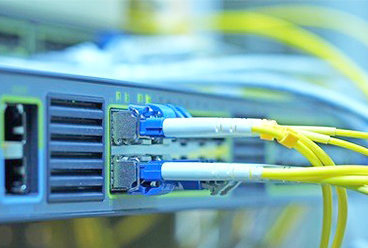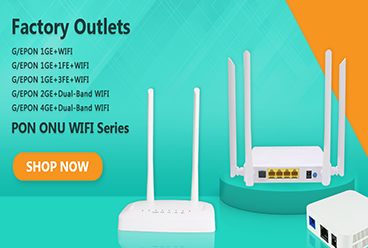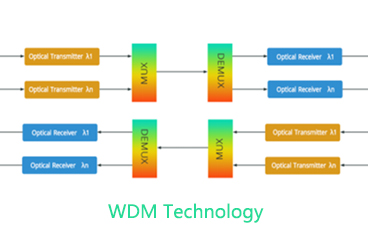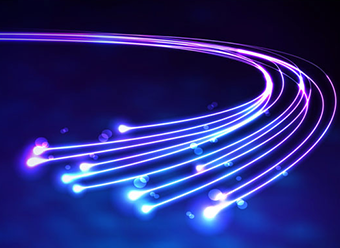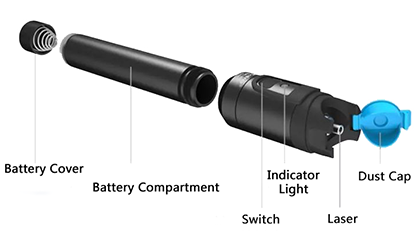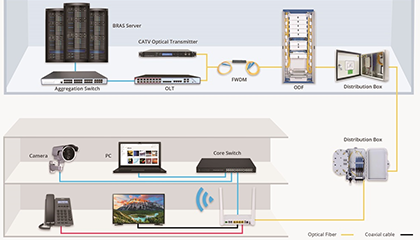With the popularization of optical fiber, there are more and more derivatives of optical fiber products. Optical fiber fusion splicer is one of them. Optical fiber fusion splicer is often used in the construction and maintenance phase of optical cable. Today, let’s talk about the related content of optical fiber fusion splicer.
What is the optical fiber fusion splicer?
Optical fiber fusion splicer is a precise, durable and convenient optical fiber construction instrument specially designed for installation, operation and maintenance of optical fiber network. It is widely used in the field of optical communication, such as the construction, inspection and maintenance of optical cables. In optical communication, the construction and maintenance of optical cables are completed by optical fiber fusion splicers.
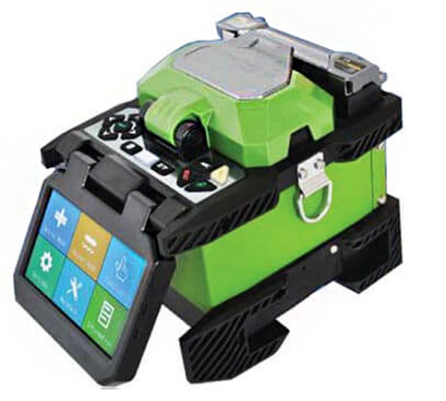
Its working principle is to use a high-voltage arc to melt the sections of the two optical fibers while using a high-precision motion mechanism to gently advance the two optical fibers into one, so as to realize the coupling of the optical fiber mode fields. The degree of alignment of the two optical fibers is an important factor that determines the quality of the optical fiber fusion splicing. The higher the degree of optical fiber alignment, the better the quality of the optical fiber fusion splicing.
According to different alignment methods, optical fiber fusion splicers can be divided into two categories: cladding alignment and core alignment. Cladding alignment is the cladding of the optical fiber instead of the optical fiber, and the fiber loss after fusion splicing is also relatively large. The cladding-aligned fiber fusion splicer is suitable for short-distance transmission of single-mode and multi-mode fiber fusion splicing applications. It is mainly suitable for occasions such as fiber to the home with low requirements, so the price is relatively low; the core-aligned fiber fusion splicer is equipped Precise six-motor core alignment mechanism, 2 specially designed optical lenses and software algorithms can accurately identify the type of fiber and automatically select the matching splice mode to ensure splicing quality, and the splicing of the core-aligned fiber splicer High performance, low loss, suitable for optical fiber fusion splicing for all applications, so the relative price is higher.
How to use fiber fusion splicer?
The use of common single-core fiber fusion splicers is basically the same
Preparation tools, optical fiber heat shrinkable tube, stripping pliers, optical fiber cleaver, dust-free paper, alcohol;
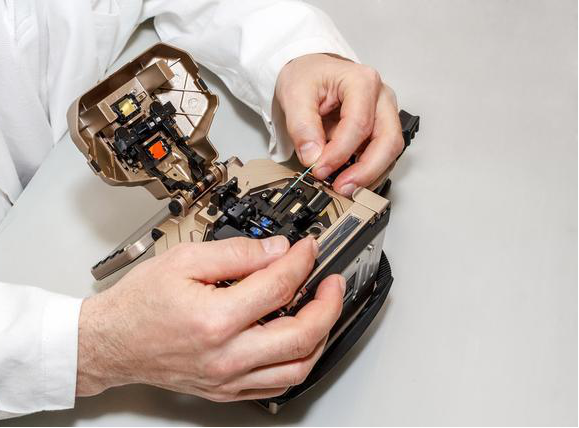
1. Strip the fiber optic cable and fix the fiber optic cable to the fiber tray. Common optical cables are stranded, framed, and central bundled tube optical cables. Different optical cables need to take different stripping methods. After stripping, the optical cables must be fixed to the fiber rack.
2. Pass the stripped optical fibers through the heat shrinkable tube. Optical fibers of different bundles and colors should be separated and passed through heat shrinkable tubes.
3. Turn on the power of the splicer and select the splicing method. To choose the appropriate fusion splicing method according to different fiber types, the latest fiber fusion splicer has the function of automatically identifying optical fibers, which can automatically identify various types of optical fibers.
4. Prepare the fiber end face. Use a dedicated wire stripping tool to peel off the coating, then use high-concentration alcohol to clean the bare fiber, use a precision fiber cleaver to cut the fiber, and select the cutting length as needed.
5. Place the optical fiber. Put the optical fiber in the V-shaped groove of the fusion splicer, set the position of the optical fiber in the pressure plate according to the cutting length of the fiber, and put it in the windshield correctly, gently close the fiber pressure plate to press the optical fiber.
6. Connect the optical fiber. After pressing the splice button, the fibers move towards each other. When the gap between the fiber end faces is appropriate, the fusion splicer stops moving towards each other, sets the initial gap, measures the splicer, and displays the cutting angle. After the initial gap setting is completed, the core or cladding alignment is performed, and then the fusion splicer reduces the gap (the final gap setting), the arc generated by the high-voltage discharge fuses the left fiber into the right fiber, and finally the microprocessor Calculate the loss and display the value on the display. If the estimated loss value is higher than expected, you can press the discharge button to discharge again, and the splicer will still calculate the loss after discharge.
7. Take out the optical fiber and use a heater to reinforce the optical fiber fusion splice. Open the windshield, take the optical fiber out of the fusion splicer, and then move the heat shrink tube to the fusion splicing point, put it in the heater to heat it, and take out the optical fiber from the heater after heating. During operation, due to the high temperature, do not touch the heat shrink tube and the ceramic part of the heater.
8. Coiling and fixing the fiber. Put the connected optical fiber tray to the optical fiber receiving tray, fix the optical fiber, receiving tray, splice box, terminal box, etc., and the operation is complete.
Tags : fusion splicer,fiber splice machine,fiber tools
— END —




